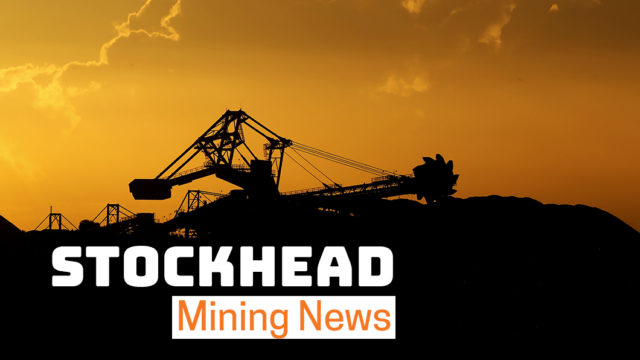Australia and the US have cemented their partnership on developing both nation’s critical mineral assets, with Geoscience Australia and the United States Geological Survey (USGS) inking an agreement.
Critical minerals are essential for the production of high-tech, aerospace, defence, renewable energy, agricultural, automotive and telecommunications technologies.
They include rare earths such as dysprosium and terbium, which are used in the development of clean energy technologies.
Under the agreement, Australia and the US will work more closely on understanding each country’s geological resource potential for critical minerals, including rare earth elements, and developing a pathway to supply arrangements.
It will focus on joint critical mineral potential mapping and quantitative mineral assessments, determining geological controls on critical mineral distribution, and developing data analytics capability to understand supply and demand scenarios for developing the critical minerals pipeline.
“Growing global demand for critical minerals means there is huge scope for Australia to develop secure and stable supply chains to meet the growing demand for critical minerals in key economies such as the US,” Resources Minister Matt Canavan said.
“The US has a need for critical minerals and Australia’s abundant supplies makes us a reliable and secure international supplier of a wide range of those, including rare earth elements.”
The formal agreement comes almost 12 months after Geoscience Australia and the USGS signed a wide-ranging letter of intent to formalise a collaboration on critical minerals.
“Our Critical Minerals Strategy was released earlier this year to coordinate activities across government, promote investment and deliver the necessary infrastructure to bring new critical minerals projects into production,” Canavan noted.
“And just last month we released our Critical Minerals Supply Chain in the United States report, which reinforces the importance of Australia continuing to attract investment in high-value activities such as processing and manufacturing.”
The belief is that the knowledge gained from this collaboration will:
- Improve both countries’ understanding of their geological resource potential for critical minerals, including rare earth elements, and contribute to a robust evidence base for global supply potential;
- Better identify and close critical minerals knowledge gaps in Australia’s critical minerals understanding;
- Help Australia understand future trends and match resource potential to international demand; and
- Fast track innovation in the critical minerals sector, including development of online decision support tools with full data and decision process transparency.
The Association of Mining and Exploration Companies (AMEC) welcomed the partnership saying that it is another commitment from the government towards developing Australia’s critical minerals.
“Since January 2018, AMEC has been calling on all levels of government to take leadership in the
development of Australia’s critical minerals, when it published a report identifying a $2 trillion lithium
value chain opportunity and a path forward for action,” CEO Warren Pearce said.
“This agreement provides the necessary foundation to allow for the two Geological Surveys to strengthen a strong partnership to unlock greater geological knowledge that will drive growth in Australia’s critical mineral industry.
“The federal government is grasping the critical minerals opportunity and if we work collaboratively Australia could take a leading role in one of the breakthrough energy technologies.”
Earlier this month, the federal government announced that Australian critical minerals projects were now eligible for dual funding through Export Finance Australia (EFA) and the $5 billion Northern Australia Infrastructure Facility (NAIF).
One potential beneficiary of the new partnership could be Northern Minerals (ASX:NTU), which is joining Australia’s critical minerals delegation to Washington DC.
The company is currently the only other rare earths producer in Australia besides Lynas (ASX:LYC) with its Browns Range pilot project producing a rare earth carbonate project.
Work is currently underway on a scoping study to investigate downstream processing of mixed rare earths into separated rare earth oxides.
Other companies that are progressing rare earths projects include Alkane (ASX:ALK), Hastings Technology Metals (ASX:HAS), Sagon Resources (ASX:SG1), Red Mountain Mining (ASX:RMX) and Arafura Resources (ASX:ARU).
At Stockhead, we tell it like it is. While Sagon Resources, Red Mountain Mining and Arafura are Stockhead advertisers, they did not sponsor this article.
You might be interested in











